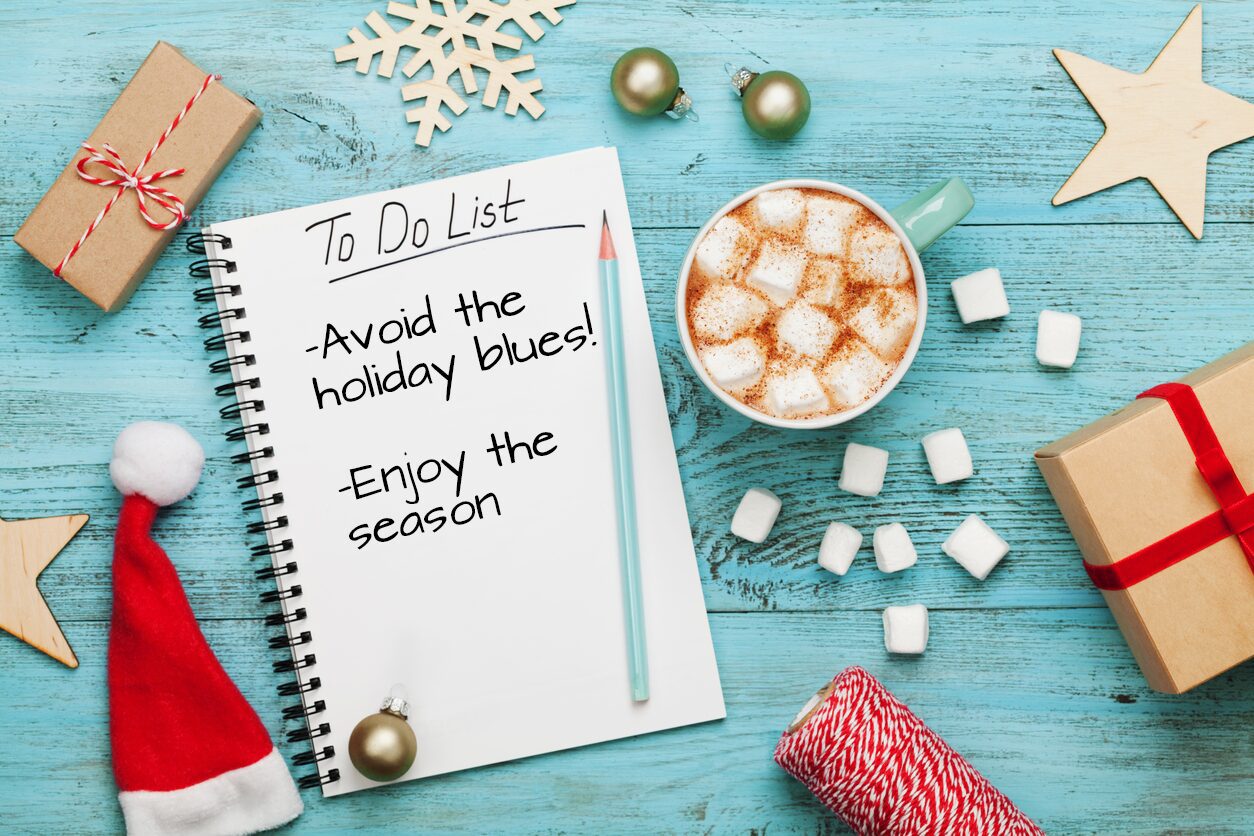Metro Vancouver (3), Central Okanagan (1) and Nanaimo Region (1)
Coast Salish Territories | December 2, 2020
Renters in low- to moderate-income households in Burnaby, Maple Ridge, Pitt Meadows, Central Okanagan (including Kelowna, West Kelowna, Lake Country, Peachland), and the Nanaimo Region (Nanaimo, Parksville, Qualicum Beach and Lantzville) have access to brand new rent banks in their communities.
The Burnaby, Maple Ridge and Pitt Meadows rent banks are now open. The rent banks in the Central Okanagan and the Nanaimo Region will start operations in January 2021.
“We are working hard to expand the rent bank network in B.C. by partnering with non-profits in communities throughout the province to bring these much-needed rent bank services to even more people,”
“With funding from the Provincial government, we have been able to provide seed funding to new locations and we’re achieving our mandate of supporting renters by preventing homelessness.”
A rent bank is a homelessness prevention tool that helps to provide housing stability for renters in low- to moderate-income households, who are unable to pay rent or utilities due to unanticipated expenses or emergencies that compromise their ability to pay. Rent banks provide small, interest-free loans to renters who have the ability to repay the loans over a six- to 24-month period.
Rent banks complement loans with access to other information and supports – including financial advice, mediations between renters and landlords, or access to other community supports and services to help stabilize an individual’s housing in the future. The most common uses of rent bank loans are:
- Money owed for rent
- Payment of utilities that are overdue
- Security deposit or first month’s rent to help people gain access to housing.
The five new rent bank locations will receive seed funding for their first year of operations from BC Rent Bank, providing each new location with the time it needs to acquire partner investors and secure its financial sustainability plan.
In B.C., rent banks:
- Advocate on behalf of individuals to landlord/tenancy boards, utilities corporations, etc.;
- Mediate conversations between individual tenants and their landlords and others;
- Provide referrals to other agencies for access to food, clothing, transportation support, and more;
- Help tenants to access government subsidies, programs and/or benefits that individuals may be eligible for.
Since BC Rent Bank was established in June 2019, the rent bank network in the province has doubled from seven in 2019, to 16 rent banks by January 2021. Renters can find rent banks in: Burnaby; Central Okanagan (Kelowna, West Kelowna, Lake Country, Peachland); Fraser Valley (Abbotsford, Mission, Chilliwack, Hope, Agassiz, Harrison), Thompson-Nicola (Kamloops, Merritt, Chase, Clearwater); Maple Ridge; the Nanaimo Region; New Westminster; North Vancouver; Pitt Meadows; Prince George; Richmond; Sunshine Coast; Surrey (Surrey, White Rock, Delta); Langley (Township and City); Tri-Cities (Anmore, Belcarra, Coquitlam, Port Coquitlam, Port Moody); and Vancouver.
Rent banks may not be an option for renters who do not have any income source or capacity to repay a loan. Renters should check with their local rent bank for details on how to qualify for a rent bank loan.
QUOTES
“Everything we do as rent banks is to support housing stability for renters. Our response to the onset of COVID-19 included a faster implementation timeline for some of these new rent bank locations because we know how much they are needed. We very much appreciate the role of the Burnaby municipal government, and the municipal and regional districts of the Central Okanagan and Nanaimo, and recognize the heavy lifting that our non-profit partners are doing to ensure that greater housing stability is accessible to low- to moderate income renters and their families within their communities.”
“I’m pleased that, as of the end of September, this initiative has helped nearly 800 individuals and families maintain secure rental housing, and offered additional support to nearly 5,000 more in the form of financial advice and access to government programs. Rent banks are an important tool that British Columbians on low and moderate incomes can use to keep a roof over their heads during these uncertain times.”
“With the pressures from the rising cost of living, there are many people who are only a paycheque or two away from not being able to pay their rent. The launch of the Central Okanagan Rent Bank pilot in January 2021 will help to increase housing stability in our community by offering interest-free, repayable loans to eligible renters in the Central Okanagan.”
“The opening of a rent bank in the Nanaimo Region in January 2021 is truly significant and needed — and it reflects a comprehensive and coordinated community effort with our partner, the City of Nanaimo, and it is fully supported by other community stakeholders involved in housing programs. The pandemic has exacerbated the already unprecedented levels of precariously housed community members. That, combined with rental stock in historic low supply, means that the creation of the Nanaimo Rent Bank is enthusiastically supported as a valuable option to help low- to moderate income renters to remain housed.”
“With the expansion of rent bank services into Burnaby, Maple Ridge and Pitt Meadows, the Lower Mainland Purpose Society now operates a total of four locations, including one in New Westminster, allowing us to provide people in these communities with much needed services that focus on housing stability, resiliency and community well-being. This three-community expansion was made possible by the generous support of BC Rent Bank and the City of Burnaby, which committed both financial and staff support to the Burnaby Rent Bank. We look forward to continued coordination with other local non-profit agencies, and with the local offices of the Ministry of Social Development and Poverty Reduction to continue providing these services.
About BC Rent Bank
BC Rent Bank is a project of Vancity Community Foundation, and funded by the Province of BC. The mandate of the BC Rent Bank is to support the funding of existing rent banks; to provide support and seed funding for the establishment of new rent banks in B.C.; and, to create the infrastructure necessary to support a potential future province-wide rent bank system or service.
For more information or to find your local rent bank, visit http://bcrentbank.ca

